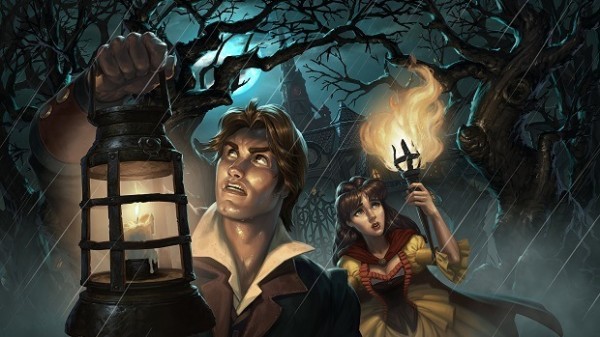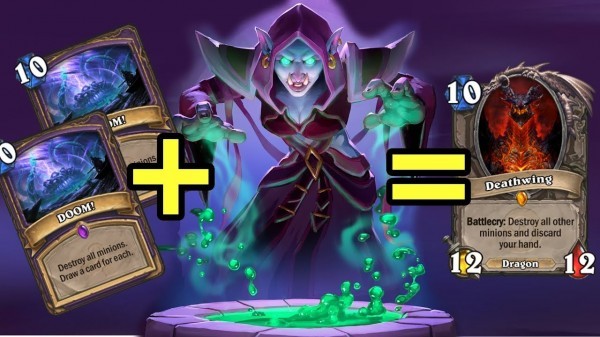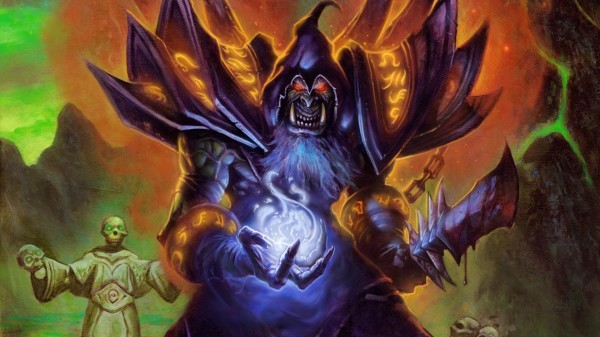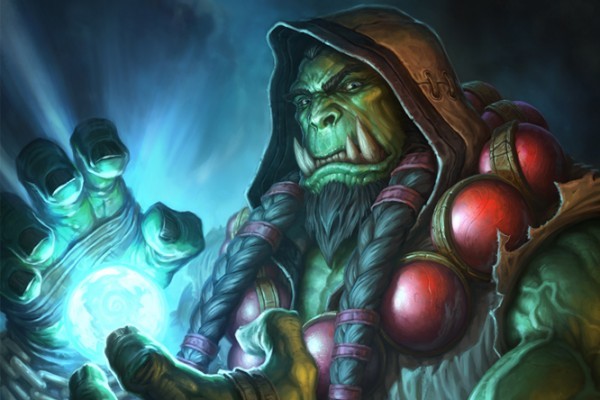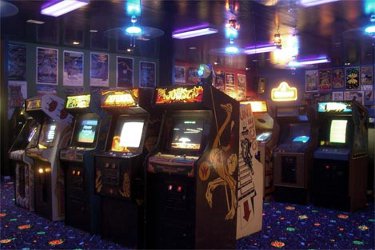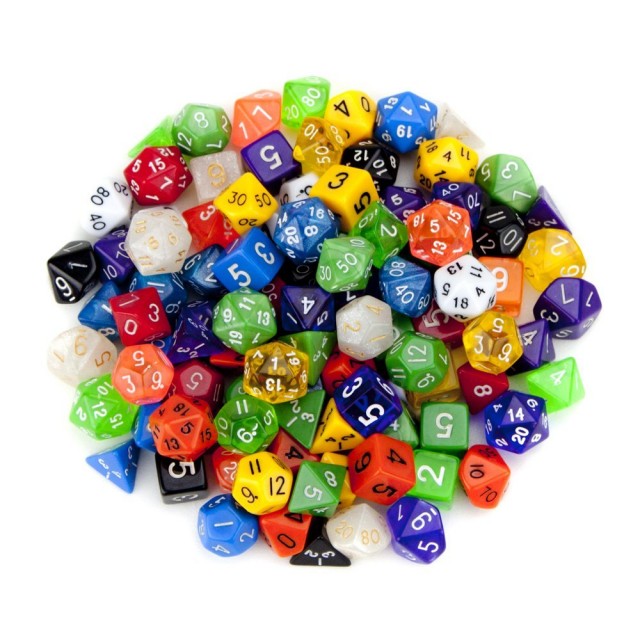At the heart of Remedy’s long-delayed ALAN WAKE, a survival horror game styled and presented as a television series, is a deeply compelling yet subtle opposition between light and darkness. It is literally portrayed in the gameplay as a simple flashlight is the best defense against the dark forces that surround the protagonist, and it’s very telling that the game features the best lighting effects and stylization I have ever seen in a video game. The developers clearly understood that this was the primary theme and it translates into visual metaphor flawlessly.
But unlike most other video games that have come before, this primitive dichotomy isn’t played out as military-trained hard-asses go rocket launcher to tentacle with hideous mutations nor is it simply a Manichean, good-versus-evil affair. Instead, the game and its extremely well-written scenario literally embodies the struggle of the creative mind (the light of creation, illumination, and clarity) against the strictures of control (the darkness of confusion, repression, and fear). In many ways, the game is about the act of creation, its implications in a psychological context as well as a physical one. Conceptually, it is about what we bring into the world when we make something out of words, music, code, or art of any kind. To some degree, the game also represents the challenge of commercial art and the demands placed on writers and creators by editors, producers, and other stakeholders to shape their work into products outside of the crafter’s vision.
I almost can’t believe I just wrote that about a video game, but there it is. I think ALAN WAKE is one of the most sophisticated and compelling narratives I have experienced in my years video gaming, and I believe that this may be the first time I have ever really felt that the quality of writing and concept were actually on par with the best of television or film. It’s very fitting that the game is sectioned into episodes complete with a “previously on ALAN WAKE” recap before each- it deploys narrative tricks and writing techniques that are, to this date, almost unheard of in gaming and as such it stands alongside UNCHARTED 2 and HEAVY RAIN as the current barometers of excellence in video game scripting.
Discussing the game and the events it describes toes the line of spoiling too much and I think it is one of those things where it’s best to come into it knowing as little as possible. At a bare bones minimum, I’d feel comfortable explaining that the game is about the titular character, a best-selling writer of crime thrillers, and the events that befall him as his wife leave New York City for a cabin retreat in a rural mountain town called Bright Falls. Events transpire that lead to Alice Wake’s disappearance, and the game chiefly concerns Alan’s attempts to find her. However, nothing is what it appears to be, and the player is going to be kept guessing and speculating almost every step of the way as to what actually happened.
Along the way, Alan meets several Bright Falls townsfolk and his agent from New York turns up. If there is a weakness in the writing, it is definitely in the supporting cast. In a game where the main character is incredibly well-written, delivering a great first-person narration throughout, it’s all the more obvious when characters revert to video game-quality lines and clumsy characterizations. The agent in particular was grating, and it didn’t help that the voice actor sounds a lot like Regis Philbin. He’s intended for comic relief and frankly, after six or seven hours into such a dark game you’ll actually welcome a couple of well-timed laughs but it was disappointing to see the game go the “goofy sidekick” route, particularly when some of the other humor in the game is subtle and well-framed.
The gameplay is likely to be a sticking point for many modern gamers because it isn’t as dynamic or stylized as we are seeing in the current crop of popular titles. I actually liked that the control, combat, and level design were fairly simple and unadorned because it turned the focus of the game to the story, stopping well short of a HEAVY RAIN where the gameplay is relegated to quicktime events and branching decisions. Some will likely consider it old fashioned, but I’ll tell you that I sure wish that the team working on RESIDENT EVIL 6 would look at ALAN WAKE’s controls. They’re smooth, easy to use, and they have a fluidity that puts the tank controls of about fifty other survival horror titles to shame.
Each area in the game is pretty straightforward and fairly narrative, although there is an impetus for exploration of the sort where an alternative path will lead you to supplies or secret items. Much of the game takes place in the woods, in the dark, and I think complaints about repetition are somewhat warranted, but it’s a short game and I think there is a clear thematic reason both for the simple point A to point B progression as well as the uniform look and feel of many of the locations. This is a game about a man’s journey through the darkness to light, and I wouldn’t be surprised if it were a deliberate stylistic decision to frame the gameplay in this manner. It isn’t all walking, there are some simple puzzles and flip-a-switch/find-a-key type goals but the impetus remains on advancing the story rather than providing the player with a smorgasboard of things to do.
There are couple of silly video game tropes that were probably thrown in to appease less forward-thinking players. The game tracks stats like a Rockstar game generally does, which probably speaks to its former existence as a sandbox game during development. So you can knock over can pyramids if you want to and get an achievement. There are coffee thermos to collect as well if you’re so inclined, but they have zero bearing on what really matters in the game. More significantly, there are manuscript pages scattered throughout each episode that tell more of the story than what you’ll actually get to see and those are actually worth searching for- I managed to find most of them on a single playthrough, but some aren’t even present until you unlock the “nightmare” difficulty level. I played on the hard level and although the game did put up a fight, I don’t think it was particularly challenging. But I didn’t care, because I was more focused on where the story was heading than the fighting or collection tasks.
There aren’t a lot of weapons and equipment in the game. A revolver, a shotgun, a hunting rifle, flares, a flare gun, and flashbangs. There are also three different types of flashlights, and Energizer batteries to power them. That’s it. No item upgrades, no modifications, no skill trees or anything like that. But it’s all that is needed, and the minimalism completely works. Each weapon has a certain utility, like how you can drop flares to cover a retreat or use flashbangs to clear out flocks of darkness-controlled birds. The flashlight is the most important weapon in the game as it burns off the protective darkness controlling the Taken, the game’s gibberish-spouting adversaries. There are also some environmental enemies and some very large-scale effects that I can’t possibly spoil in good conscience. Suffice to say that when the Dark Presence goes big, it goes big.
Another complaint has been that there isn’t a lot of variety between enemies and that’s mostly true as there’s just a couple of different varieties of Taken, but again this isn’t RESIDENT EVIL and a bunch of silly, comic book monsters would have diminished the higher-minded approach of the game. The Taken are scary although their random vocalizations are a little silly and call to mind the Splicers’ banter in the BIOSHOCK games. They will spring up behind you when you least expect it ready to lay into with sickles, chainsaws, and other nasty implements. Alan has a dodge maneuver that I think I used more than most of the weapons in the game- evading at the apex of a Taken attack triggers a thrilling slow-motion effect that adds a touch of drama to narrow escapes.
I found myself running a lot, outnumbered by Taken and in hopeless situations. The light and darkness theme creates a very unique visual opportunity when Alan is running from the Taken- safe areas that provide healing are brightly lit, almost in an unreal, supernatural fashion and you can often see them from far off in the distance. I found myself under one light and looking at another, knowing that if I went into the dark the Taken would converge on me…and wondering if I could make a break for it. There was one point where a light source went out right as I was fleeing toward it, and I think my heart stopped for a split second.
It’s a horror game very much in the vein of the first SILENT HILL and I think that would be its best inter-medium comparison . There is a very similar, almost crushing sense of atmospheric dread, but obviously we are a couple of generations on from that game and the use of light, shadow, and detail brings Bright Falls and its rural environs to life. The level of immersion makes ALAN WAKE a very scary game, but it’s scary in an old fashioned kind of way that I really appreciate as a fan of better horror. It isn’t hard to see where its influences are in this respect, with David Lynch, John Carpenter’s IN THE MOUTH OF MADNESS, and Stephen King being easily identifiable. There’s also a very rare shout-out to August Derleth, a contemporary and acolyte of H.P. Lovecraft. It’s closer to the kinds of horror those examples describe, and that isn’t something that we usually get in video games. This isn’t DEAD SPACE, with its gibbering space-zombies, bloody walls, and carnival ride flashing lights and histrionics. There is no dogs-through-the-window moment. But that being said, there are “buses” (film nerd talk for a sudden shock), and some of them are incredibly effective. It’s also the kind of game where when you’re told to go to the coal mine your flight-or-fight instinct switches over to flight because at that point it has trained you to be afraid.
It’s hard not to get wrapped up in the interesting story as it is, but the game is also visually engaging. I think it may be the best-looking Xbox 360 game to date despite some clunky facial modeling and animations- there were times when the trees, the mountains, and even the man-made environments felt almost completely real to me. Such is the level of immersion that this game creates, and I think that open-minded gamers that let the game do what it does without holding it accountable for not being what it is not intended to be will find that once it gets it hooks into you, it’s hard to get them out. It isn’t a long game, probably about twelve hours for most gamers figuring two hours for each episode, and I think it’s exactly the right length. I wound up completing chapter five around 4am a few nights ago, and knowing that the last chapter would only take about two hours I went right on and rolled straight through it.
It was totally worth it, the ending is strangely moving, cryptic, and open-ended in a way that invites speculation rather than eye-rolling sequel anticipation. You’re going to want more, particularly because there’s an almost throwaway line that hints at something tremendous. With two additional episodes already planned, the wait won’t be long. I almost wish that the game had been completely segmented and marketed in individual episodes- some of the cliffhangers would have been delicious to mull over while waiting for another “show”. Each episode also ends with a song, some of which are just awesome choices. Nick Cave and the Bad Seeds’ “Up Jumped the Devil” in particular, as well as the song that plays over the credits that I wouldn’t dare spoil.
I think ALAN WAKE is near brilliant, a game that does more than might be apparent at first to innovative given its basic gameplay mechanics and straightforward approach. The tight focus on character, dialogue, and story progression puts it into sharp contrast with games like RED DEAD REDEMPTION, which released on the same day and represents an entirely different and somewhat scattershot approach to storytelling in games that I think is ultimately a dead end. It also sort of takes a different route than the current crop of games that present the player with binary moral decisions. In a way, ALAN WAKE is much more directorial in terms of guiding the player’s eyes, ears, and hands to an author-defined resolution. Perhaps that forecloses on player choice and the concept of emergent gameplay, but the game is definitely a positive argument that experiencing a good story well told is worth ceding control to the programmers, writers, and other creators working in the video games medium.
 Games
Games How to resolve AdBlock issue?
How to resolve AdBlock issue? 

